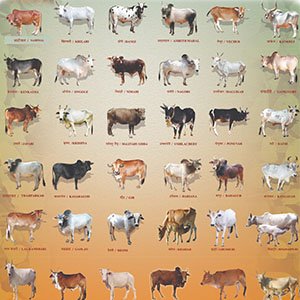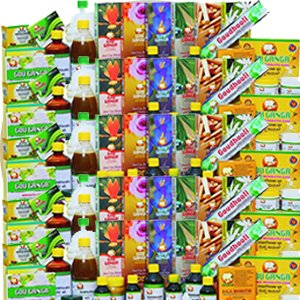 Heavy metal poisoning is a major topic of concern today with respect to health and environment. High concentrations of heavy metals are detected in industrial waste water and there is a regulatory requirement to treat this waste water before it is let out to the environment. It is well known fact that consumption of heavy metals is also responsible for morbidity and mortality. Thus there is always a need for safe, effective and economic method to remove heavy metals from waste waters.Out of many methods available, adsorption is one among them.
Heavy metal poisoning is a major topic of concern today with respect to health and environment. High concentrations of heavy metals are detected in industrial waste water and there is a regulatory requirement to treat this waste water before it is let out to the environment. It is well known fact that consumption of heavy metals is also responsible for morbidity and mortality. Thus there is always a need for safe, effective and economic method to remove heavy metals from waste waters.Out of many methods available, adsorption is one among them.
The present review highlights on the technique of removal or adsorption of lead (Pb) from waste
waters using activated carbon prepared using cow dung. The study was carried out by S.E. Elaigwu and
co workers, Department of Chemistry, University of Ilorin, Nigeria and published in the journal Advances in Natural and Applied Sciences in 2009.The fresh cow dung was sun dried, grinded, sieved and subjected to chemical activation using sulphuric acid. This procedure produced a high surface area and high degree of micro porosity to the cow dung samples. Further experiments were conducted to study the effect of pH, adsorbent dosage, absorbate concentration, contact time and temperature on the adsorption of lead (Pb)
on the activated cow dung. Initially a solution of known concentration of lead was prepared (stock
solution) and adsorption property of activated cow dung was then evaluated using atomic adsorption
spectrophotometer. The results of the study showed that activated carbon prepared from cow dung could be a safe and cost effective method for removal of lead (Pb) from aqueous solution and this technique could be useful in the adsorption of heavy metal ions in the treatment of industrial waste water and contaminated effluents.
REFERENCE
Elaigwu SE, Usman LA, Awolola GV, Adebayo GB, Ajayi, Adsorption of Pb (II) from aqueous solution by activated carbon prepared from Cow Dung. Advances in Natural and Applied Sciences 2009 ; 3(3): 442-446.


